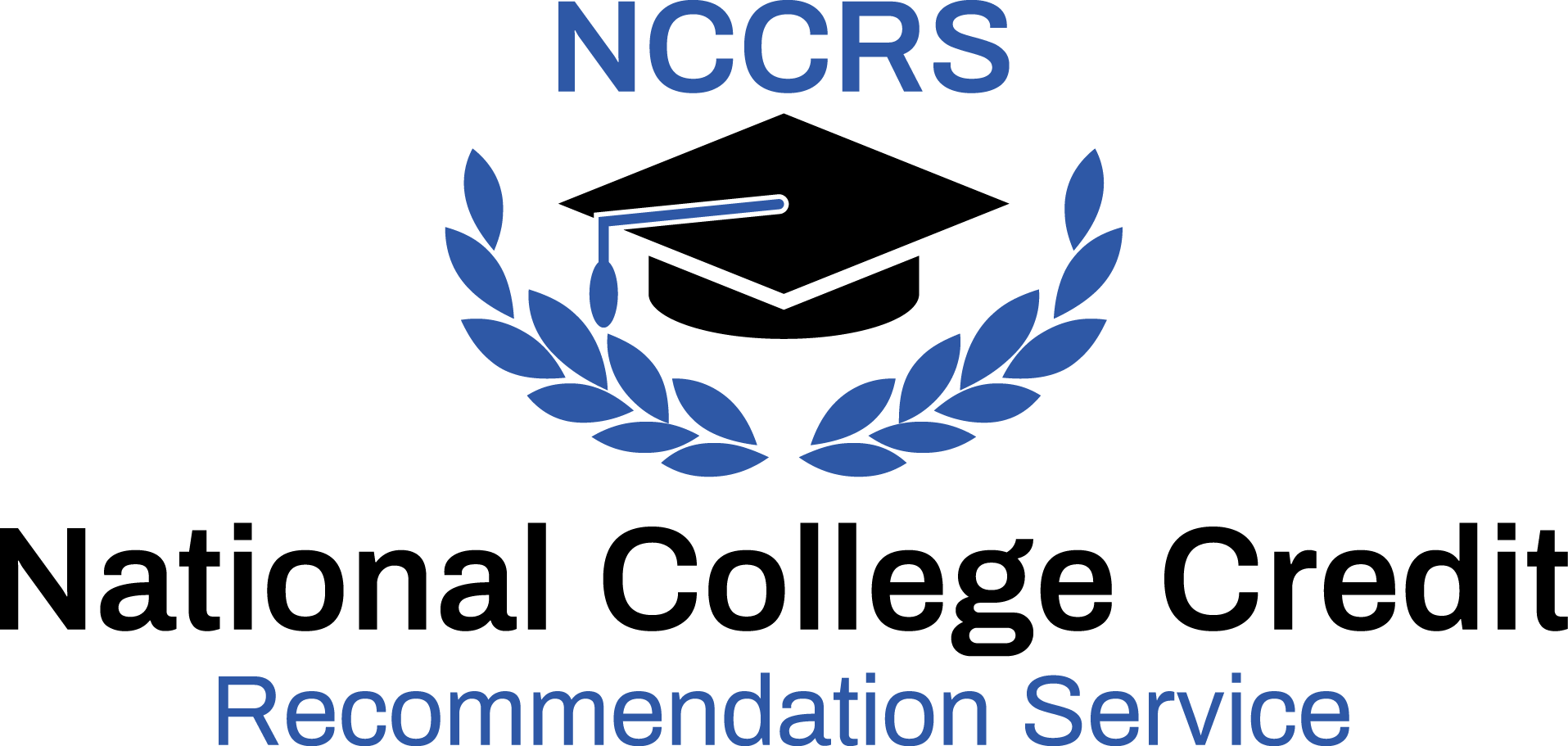When it comes to leadership, everyone has a different style. Let’s explore what the laissez-faire leadership style is, along with some examples so you can see if this is your leadership style.
WHAT DOES LAISSEZ-FAIRE STYLE MEAN?
First, what is Laissez-Faire leadership? The term Laissez-faire is of French origin and translates to “letting people do as they choose.” This leadership style is the complete opposite of micromanaging.
Laissez-faire leaders allow their followers to have the autonomy to make their own decisions and manage their own desks. They give their team support, guidance, consultation, and training when it’s needed, but trust them to handle the details and execution of their tasks and projects.
Laissez-faire leaders are comfortable delegating tasks, hence why it’s also called the delegative leadership style. These leaders also don’t mind if mistakes are made by their team throughout the process of completing a task, but are still held accountable for the group’s mistakes and successes.
Freedom is a big priority for laissez-faire leaders, and they empower their team to make their own decisions and manage their work as they see fit.
IS LAISSEZ-FAIRE LEADERSHIP EFFECTIVE?
Laissez-faire leadership is most effective when the people you’re leading have the ability to do their job well. Group members should be resourceful, dependable, ambitious, and confident in their abilities. While no one is perfect and mistakes are inevitable, this leadership style is a great fit for highly skilled experts that require little to no oversight.
In addition to team member-specific requirements, the laissez-faire leadership style may also be beneficial to apply in certain situations. In projects or fields of work where your team needs to be creative, micromanaging can stifle this – a laissez-faire approach works best here.
Industries where laissez-faire leadership is most effective include advertising, entertainment, technology, and retail buying. Here are some examples of how laissez-faire leadership looks in some of these settings:
- Advertising: The leader of an advertising firm hires social media strategy experts, and entrusts them to handle the ins and outs of their client's social media strategies and achieve their marketing goals.
- Technology: The owner of a technology company hires brilliant, highly-skilled tech innovators to think outside of the box and pave the way for the company. Steve Jobs was a prime example of laissez-faire leadership in the technology world.
- Fashion/Retail Buying: The owner of a small clothing boutique trusts their retail buyer – who is an expert at predicting and keeping up with fashion trends – to handle curating their store’s spring collection without needing to approve every single item in the line up.
WHAT ARE THE ADVANTAGES AND LIMITATIONS OF LAISSEZ-FAIRE LEADERSHIP?
As with any leadership style, there are always advantages and challenges.
Advantages
When the laissez-faire leadership style is used in the right setting, there are a lot of benefits. Because laissez-faire leadership encourages freedom, team members are more independent, productive, and confident to continue holding their own.
It allows your team a chance to grow by getting their hands dirty and learning as they go. It also gives them a sense of empowerment since they’re able to work how they prefer, make their own decisions, and take action on challenges.
The flexibility of this leadership style creates a low-pressure environment that fosters innovation, creativity, and collaboration. This leadership style also keeps everyone accountable for their work – team members take responsibility for their own tasks, and the leader is held accountable for the team’s successes and failures. This keeps everyone invested in their work.
Overall, these benefits can boost effectiveness, job satisfaction, and forward momentum which contributes to higher team member retention.
Limitations
Since this leadership style works best with people who are experts in their field, it’s not the most effective approach with groups that need more hands-on guidance or individuals who are new to the field.
In these cases, this leadership approach can actually hinder performance and growth and lead to a sense of overwhelm which can decrease overall job satisfaction.
Leaders need to be careful to not be too hands-off, as this can also cause a lack of structure that causes your team to spin their wheels and confuses the power balance between the leader and their reports.
If your team isn’t self-motivated or good at managing their time and deadlines, or the job requires high precision, this leadership style may also not be ideal.
Some ways for leaders to overcome these challenges are:
- Slowly delegate tasks as team members gain the experience and knowledge they need to stand on their own
- Regularly provide helpful feedback
- Ensure each member has what they need to succeed at the job
- Provide guidance as needed
- Let your team members know you’re there to support them, and encourage them to reach out for help
HOW TO FIND YOUR LEADERSHIP STYLE
From self-assessments to quizzes, and more, there are plenty of different ways you can find your leadership style to determine if you're a Laissez-Faire leader, servant leader, transformational leader, or others. Once you’ve found your leadership style, what’s next? Everyone on the planet has room for improvement – and your leadership skills and style can always be refined.
Different leadership styles are ideal for different environments and situations, and each of them can have its benefits and drawbacks. Joining an extracurricular program that focuses on leadership development is a smart way to learn about your leadership style and hone your skills as you prepare for your career after college.
The National Society of Leadership and Success (NSLS) has a curriculum designed to help students, like you, find their leadership style and improve upon it. We’re proud to provide our members with an experience that helps them learn how to lead well, personally and professionally. Learn more about our member experience to see if the NSLS is something that’s right for you.









